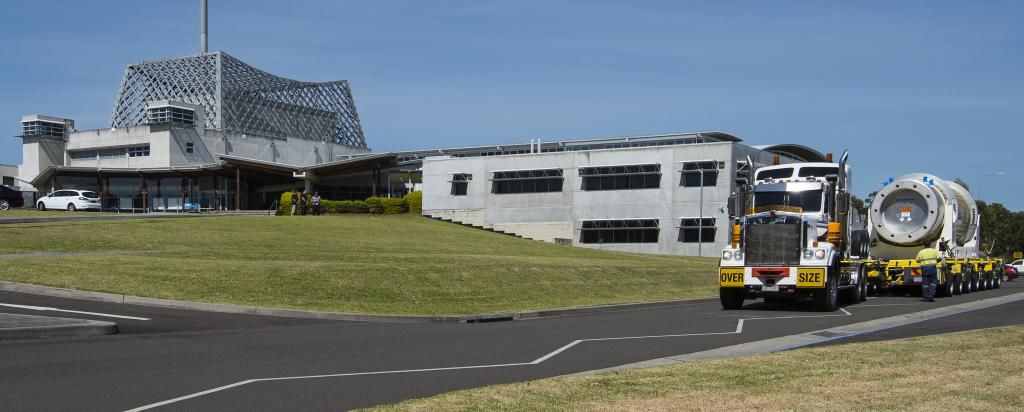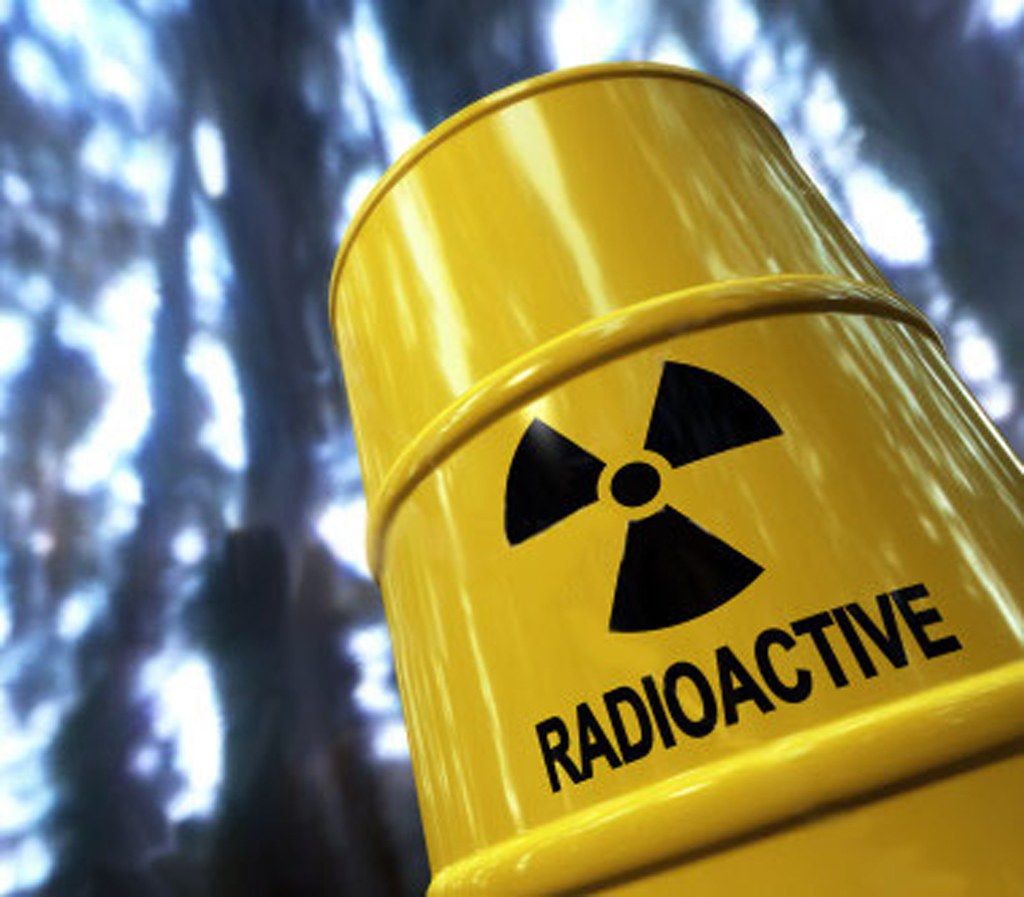The intermediate-level waste (ILW) will come in four glass containers weighing about 500kg each that is carried in a 100-tonne cask that has 20cm thick walls and is built to withstand an earthquake and jet strike. The ILW is waste from left over nuclear fuels rods which has been shipped overseas to the UK for processing and then sent back for storage with the preparations for shipment being planned since 2014.
ILW can be extremely dangerous if not properly disposed of with radioactivity from ILW lasting for thousands of years according to the International Atomic Energy Agency. Currently there is another cask of ILW at the Lucas Heights facility, but hopes are that they will be transported safely to a new facility set to open in South Australia.

“It’s certainly got all of the right geological requirements, we have majority support from the local community, and we should never forget that this has taken 40 years and I understand some 16 ministers,” he said.
“Fundamentally, for the local community of Kimba it’s been over six years of consultation.”
Nuclear science professor Tony Irwin from ANU commented further on the site that is currently being designed and stated that “it’s not a dump” as to referred by critics of the facility and that it’s a “sophisticated engineered facility”.
The nuclear waste that is produced by Australia comes from nuclear medicine, nuclear research and industrial uses as Australia does not produce nuclear power. Low-level waste (LLW) such as gloves, clothing and plastic will also be dealt with at this new facility however the hope is that a new method of disposal will be able to alleviate the facility of having too much ILW.
The CSIRO and ANTOS are exploring the possibility of using bore-hole technology in which drilling a hole deep into the ground and placing induvial 30 cm cannisters and sealing the hole would be as a means of final disposal.






